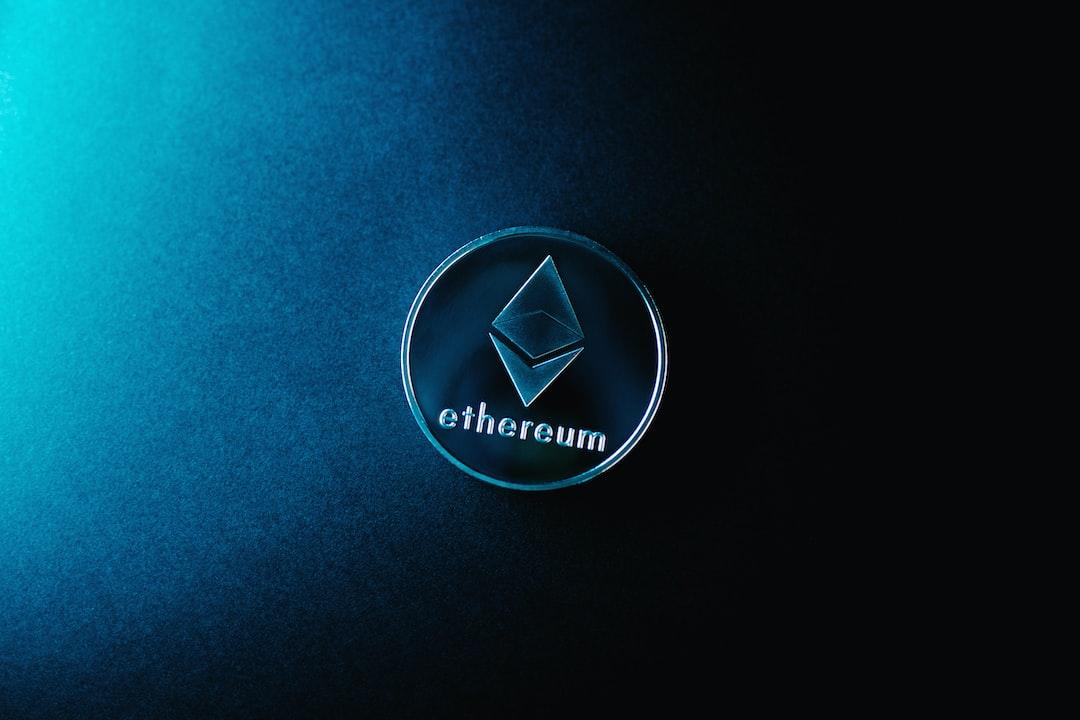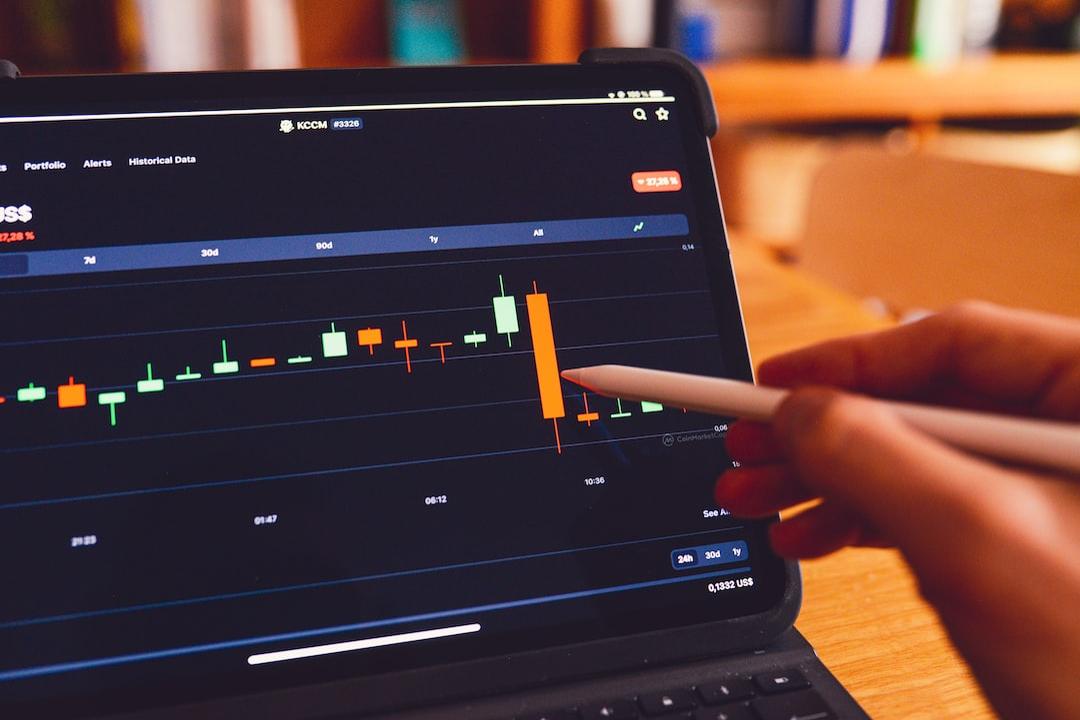On June 15, 2025, theSOL/USDdaily chart on Coinbase showed a descending triangle pattern, a common technical structure that often appears during consolidations after a strong move.


A descending triangle pattern forms when a horizontal support line holds steady while the resistance line slopes downward. This suggests weakening selling pressure and a potential breakout if bulls regain control.
In this case, Solana’s price hovered around $145.94, with clear resistance from lower highs forming the triangle’s top, and strong support near the $144–$145 range. The pattern is nearing its apex, hinting at a potential breakout.
If SOL breaks above the descending triangle’s resistance with volume confirmation, the move may trigger a 58% price rally from the current level. A 58% increase from $145.94 would target approximately $231.33, which also aligns with a previous key resistance level.
The 50-day Exponential Moving Average (EMA) sits above at $156.64, currently acting as resistance. A successful breakout would need SOL to reclaim this EMA level, which would further validate bullish momentum.
Solana formed a descending triangle pattern on June 15, 2025, near the $145 level. This pattern suggests a breakout may lead to a 58% rally toward $231.33, especially if the price breaks above both the triangle and the 50-day EMA with strong volume support.
Solana SMI Indicator Signals Bullish Reversal Opportunity
On June 15, 2025, Solana’s daily chart showed the Stochastic Momentum Index (SMI) with %K at –37.64 and %D at –22.05. The SMI is a refined version of the traditional stochastic oscillator that highlights trend reversals more clearly by showing where the close price lies relative to the midpoint of the recent high-low range.

The current SMI reading shows both lines in negative territory, below the midline. This indicates oversold conditions, suggesting that downward momentum may be slowing. Historically, this zone has aligned with previous price reversals on Solana’s chart, especially when %K (blue) crosses above %D (orange).
While the current cross shows %K below %D, forming a bearish signal, the lines are close enough that a slight upward shift in price could flip the structure. If %K crosses above %D from these oversold levels, it would likely confirm a bullish reversal, supporting the breakout case shown in the main price chart.
This SMI behavior complements the descending triangle pattern in the main chart. As the pattern nears its breakout point, the SMI suggests that downside momentum is weakening, opening the door for a sharp move upward.
In summary, the Stochastic Momentum Index on June 15, 2025, showed Solana in oversold territory. This supports the possibility of a bullish reversal, especially if the price breaks the descending triangle’s upper trendline with strong volume.
Solana RSI Dips Below Midline, Shows Bearish Pressure Weakening
The Relative Strength Index (RSI) for Solana (14-day) printed a value of 39.42, while the RSI-based moving average stood at 42.49. The RSI measures momentum and indicates overbought or oversold conditions based on recent price changes, ranging from 0 to 100.

Solana’s RSI sits just below the 40 level, which is commonly viewed as the lower boundary of the neutral zone. This suggests mild bearish momentum, but not extreme enough to signal strong downside risk. The RSI remains above 30, which marks oversold territory.
While the RSI continues to trend below its moving average, the gap is narrowing. This narrowing may lead to a bullish crossover, a potential reversal sign. If price stabilizes or climbs, the RSI could begin to rise again, reinforcing the breakout potential shown in the descending triangle chart.
The current RSI level supports the idea of bearish exhaustion, especially when combined with the descending triangle nearing its apex. If the RSI rebounds and crosses above 50, it would further validate bullish strength and increase the probability of a move toward the $231.33 target.
In short, Solana’s RSI reading of 39.42 on June 15 reflects weakening selling pressure, with momentum approaching a possible bullish shift.
Solana Hovers Below Ichimoku Cloud With Weak Bearish Signal
On June 15, 2025, Solana traded at $145.60, just below the Ichimoku Cloud and the 50-day Exponential Moving Average (EMA) at $156.63. The Ichimoku Cloud, also called the Kumo, helps identify trends, support/resistance, and potential reversals using five key components.

Solana’s price remains below the cloud, which generally signals bearish conditions. The cloud is currently red, indicating a bearish Kumo twist in the near term. At the same time, the conversion line (Tenkan-sen) and base line (Kijun-sen) are not providing a clear crossover, reflecting uncertainty.
The latest signal label on the chart shows “Weak Bearish,” aligning with current price action under the cloud and below both key averages.
The 50-day EMA at $156.63 continues to act as dynamic resistance. SOL must break this level and rise above the cloud to flip the trend back to bullish.
The lower edge of the Ichimoku Cloud is near $159.47, while the upper edge stands around $164.07. If Solana closes decisively above this range, it would confirm a bullish breakout from both the descending triangle and the Ichimoku resistance zone, supporting the previously mentioned 58% rally toward $231.33.
In short, the Ichimoku Cloud analysis on June 15 confirms weak bearish momentum. A breakout above the cloud and the 50-day EMA could flip Solana’s trend to bullish.
Solana ETF Filers Submit Updated SEC Applications With Staking Details
On June 13, seven asset managers submitted updated S‑1 registration statements to the U.S. Securities and Exchange Commission (SEC) for their spot Solana ETF proposals. These firms—VanEck, Fidelity, Grayscale, Bitwise, Franklin Templeton, 21Shares, and Canary Capital—responded to the SEC’s earlier feedback by including staking-related disclosures.
VanEck led the charge in 2024 as the first to file for a Solana ETF. Now, in mid-2025, the rest followed with amended filings, indicating continued efforts to move forward despite the lack of formal SEC approval so far.
Each updated application features language explaining how SOL staking works, how rewards would be handled, and how potential risks would be managed under the proposed ETF structures. This level of detail reflects the SEC’s increased scrutiny of crypto-related products, especially those that interact with staking protocols.
Meanwhile, Bloomberg ETF analyst James Seyffart noted that these updates signal the process has entered its “final phase.” Although the SEC hasn’t approved any Solana ETFs yet, these submissions suggest a more serious and coordinated approach between issuers and regulators.
So far, the SEC has only approved spot ETFs for Bitcoin. While Ethereum ETFs are nearing approval, Solana’s path remains in early but promising stages. The inclusion of staking disclosures could either accelerate or delay the process, depending on how the SEC responds.
In summary, on June 13, major asset managers updated their Solana ETF filings with staking information, advancing the dialogue with the SEC and potentially setting the stage for the first spot SOL ETF approval in the U.S.
